Böker Plus Knife ME 109 Damascus - Frankonia Wholesale B2B ✓ Germany ✓ International
PRODUCT DETAILS
- 80-layer damask made from the steel of a Messerschmitt Bf 109
- Framelock made of titanium
- Coloring is based on the characteristic camouflage
- including high-quality case and certificate of authenticity
The Messerschmitt Bf 109 has been built since 1935 and, with a production of around 33,000 aircraft, is the most popular fighter aircraft in the history of aviation. Officially, the Bf 109 type designation was never changed, even after the BFW was renamed Messerschmitt AG. However, since all aircraft models later developed by Messerschmitt were given the model abbreviation Me, the name Me 109 also became established in the public consciousness for the Bf 109. In the 1930s, it marked the step towards a new generation of low-wing fighter aircraft with a closed pilot cockpit, retractable landing gear and an all-metal construction of the wings and fuselage. This new structure withstood far greater loads than the fabric-covered tube constructions that had been common up to that point, which also had the disadvantage of immense air resistance due to the required transverse bracing. As a result, the Messerschmitt's more compact and stable design enabled higher speeds while maintaining tighter radii during the turn and dive maneuvers so crucial to fighter pilots. The Bf 109 was armed with two MG FF machine cannons with a caliber of 20 mm in the wings and two MG 17 machine guns with a caliber of 7.92 mm. The latter were mounted directly in front of the pilot and coupled to the propeller shaft of the 1,000 hp Daimler V12 engine via an interrupter gear. In this way it was possible for the machine guns to fire through the circular path of the rotating propeller without the projectiles hitting the rotating propeller blades. The machine guns were therefore very close to the pilot's line of sight. The pilot's seat inside the fuselage was armored against enemy fire with steel plates.
The steel that Böker for the Damast project comes from a Messerschmitt Bf 109 of the E series, which was shot down by a Supermarine Spitfire of the Royal Air Force in the Battle of Britain in 1940 near the village of Ashford in the British county of Kent. The specific parts are the rear plate of the pilot seat armor and the bearing sleeve of the propeller shaft. These are forged by Chad Nichols into a high-carbon and edge-retaining 80-layer damask.
That Böker Plus ME 109 Damask takes up numerous design elements from the legendary Messerschmitt. The opening on the back of the blade base clearly has the shape of the pilot's cockpit and is visible when the knife is closed and opened. The folds in the sheet metal of the hood as recesses for the barrel axes of the two MG 17s form the template for the shear at the tip of the blade. The flipper indicates a wheel of the retractable landing gear. For the front carbon fiber shell, the material Toxic Storm from the manufacturer Fatcarbon Materials was chosen in the colors green, black and yellow. The color scheme is based on the characteristic camouflage of the Bf 109 with a green-grey base and a contrasting front fuselage painted in yellow. The opposite side is a frame lock made of titanium with an elaborately integrated Hartmetal contact surface. An elegantly and elaborately integrated clip allows it to be worn tip-up on the right. Delivered with a high-quality case for storage and certificate of authenticity.
Technical specifications:
- Blade length: 8 cm
- Blade steel: Damascus, 80 layers
- Blade thickness: 3.5 mm
- Handle material: carbon fiber
- Locking: framelock
- Total length: 18 cm
- Weight: 66 g
Manufacturer
EU Responsible Person
| Data | Values |
|---|---|
| Total length in cm | 18 |
| Blade length in cm | 8 |
| Blade thickness in mm | 3.5 |
| Blade steel | Damast |
| Blade lock | Framelock |
| Handle length in cm | 10 |
| handle material | Kohlefaser |
| including knife sheath | ja |
| Sheath/case material | - |
| Weight in grams | 66 |
| EAN Code | 4045011241697 |


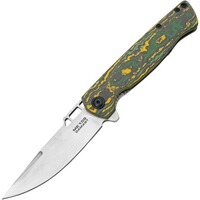&quality=40)
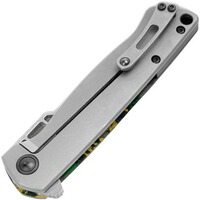&quality=40)
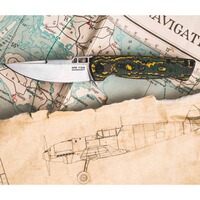&quality=40)
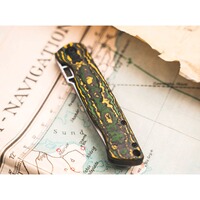&quality=40)
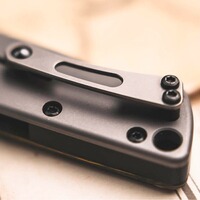&quality=40)
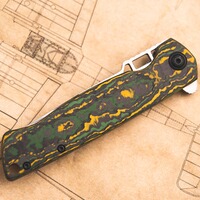&quality=40)
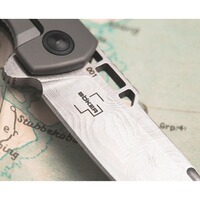&quality=40)
&quality=40)
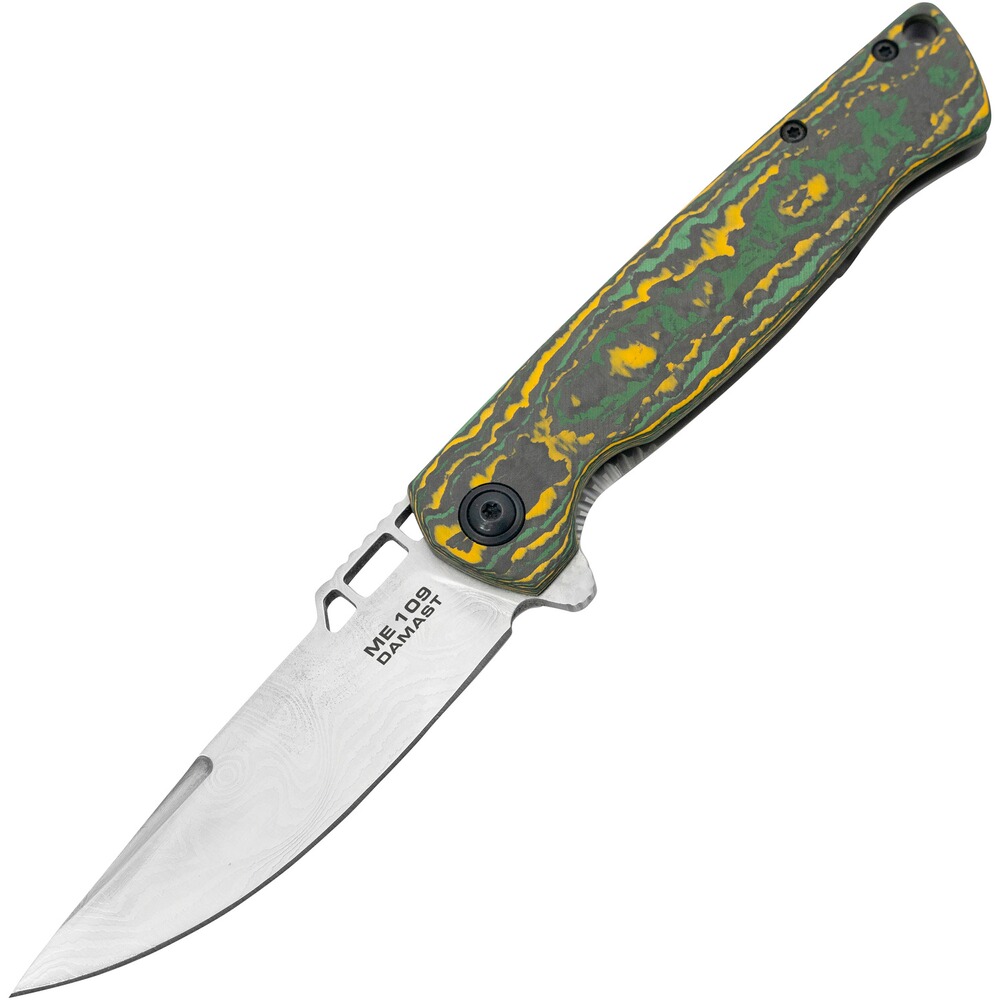&quality=40)
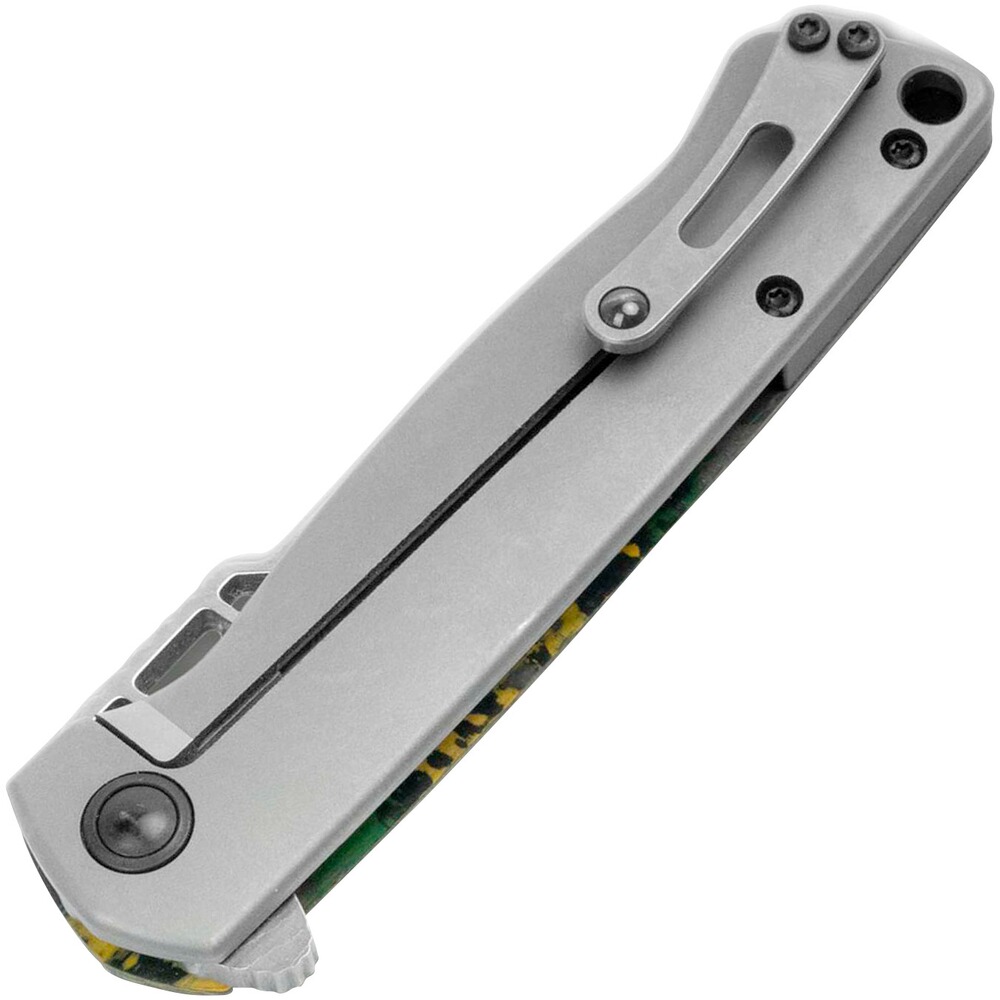&quality=40)
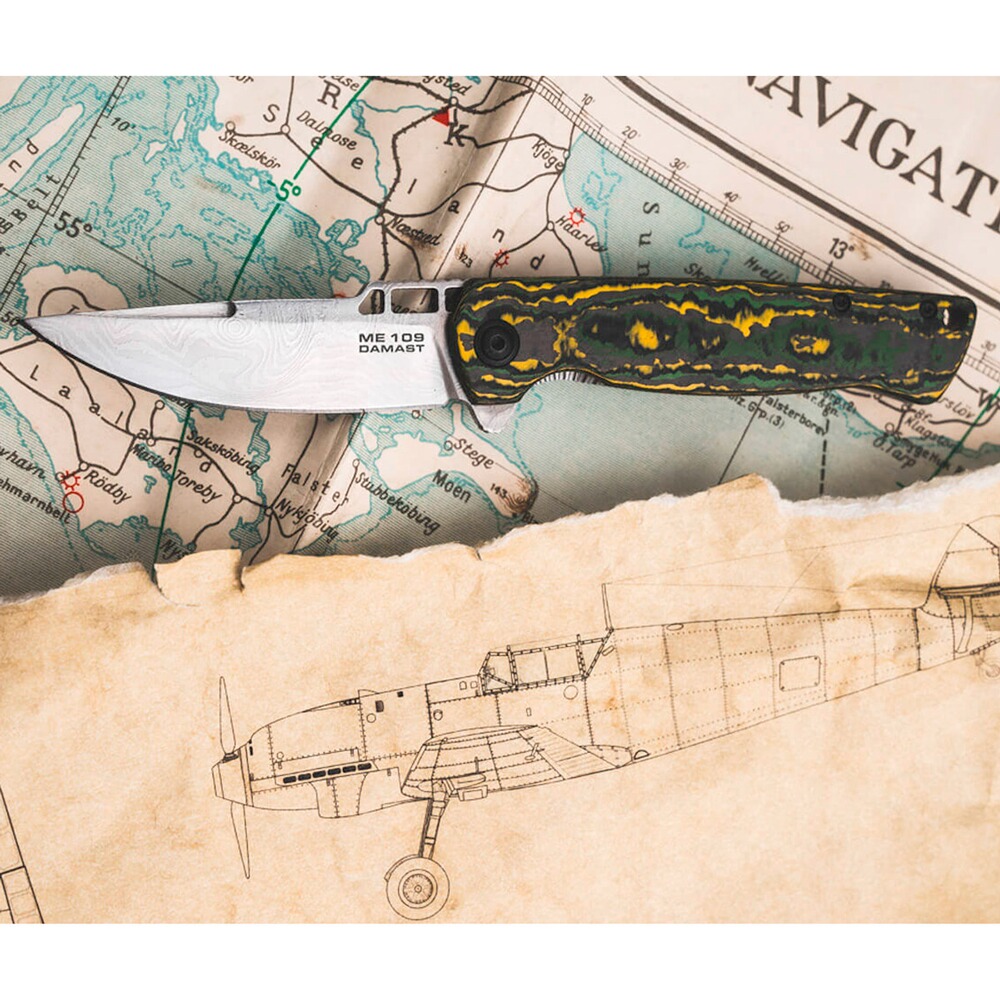&quality=40)
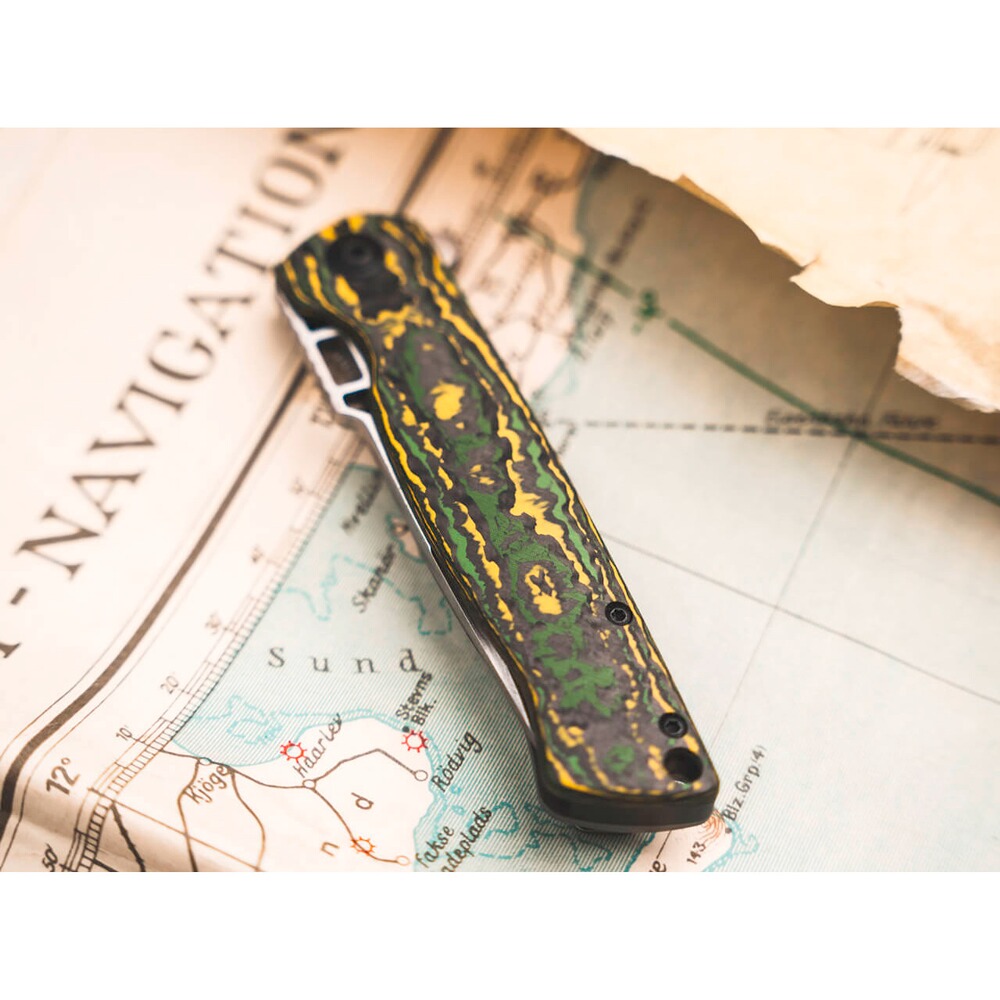&quality=40)
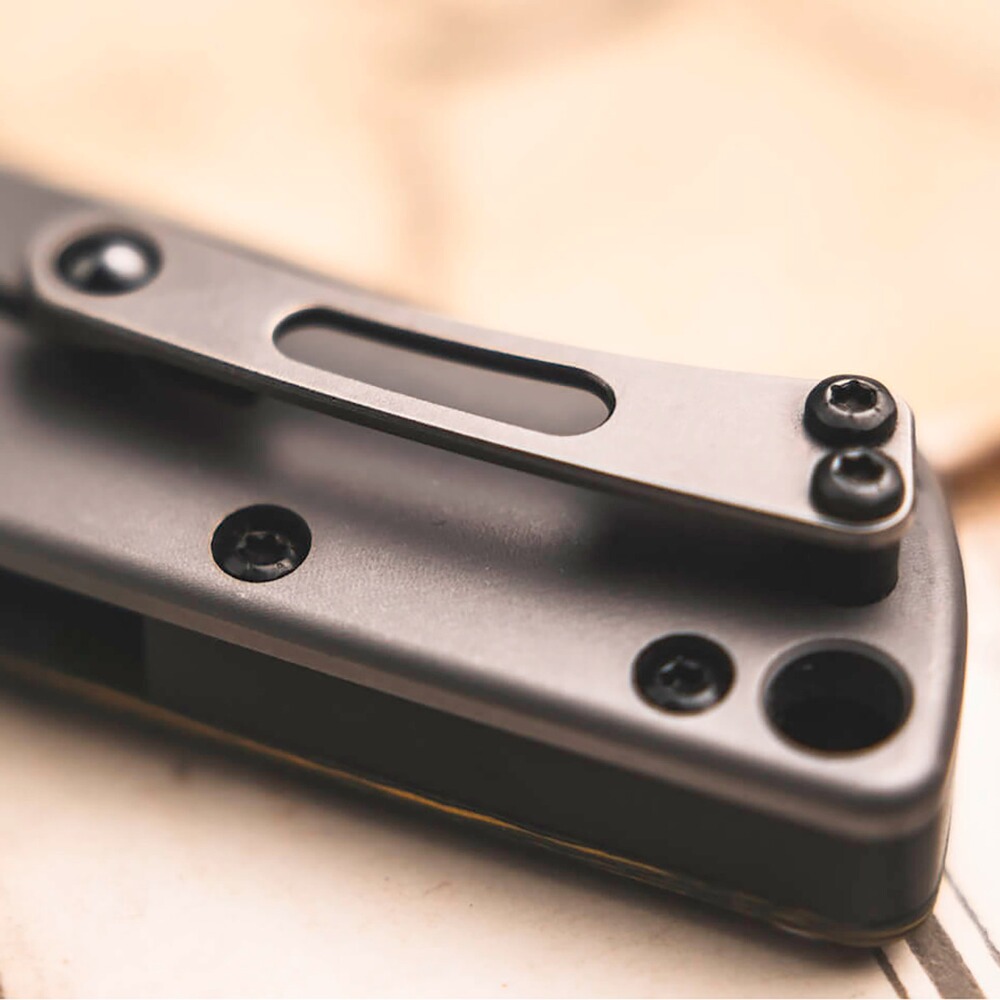&quality=40)
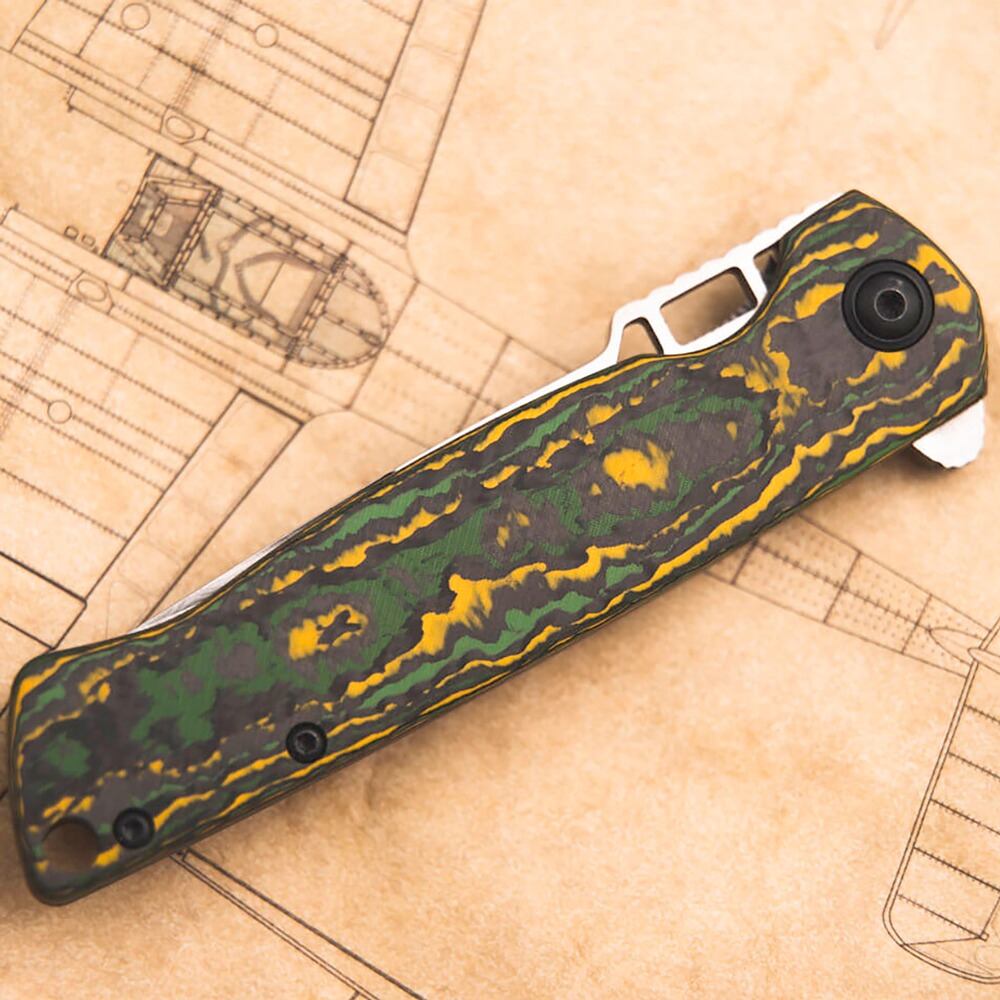&quality=40)
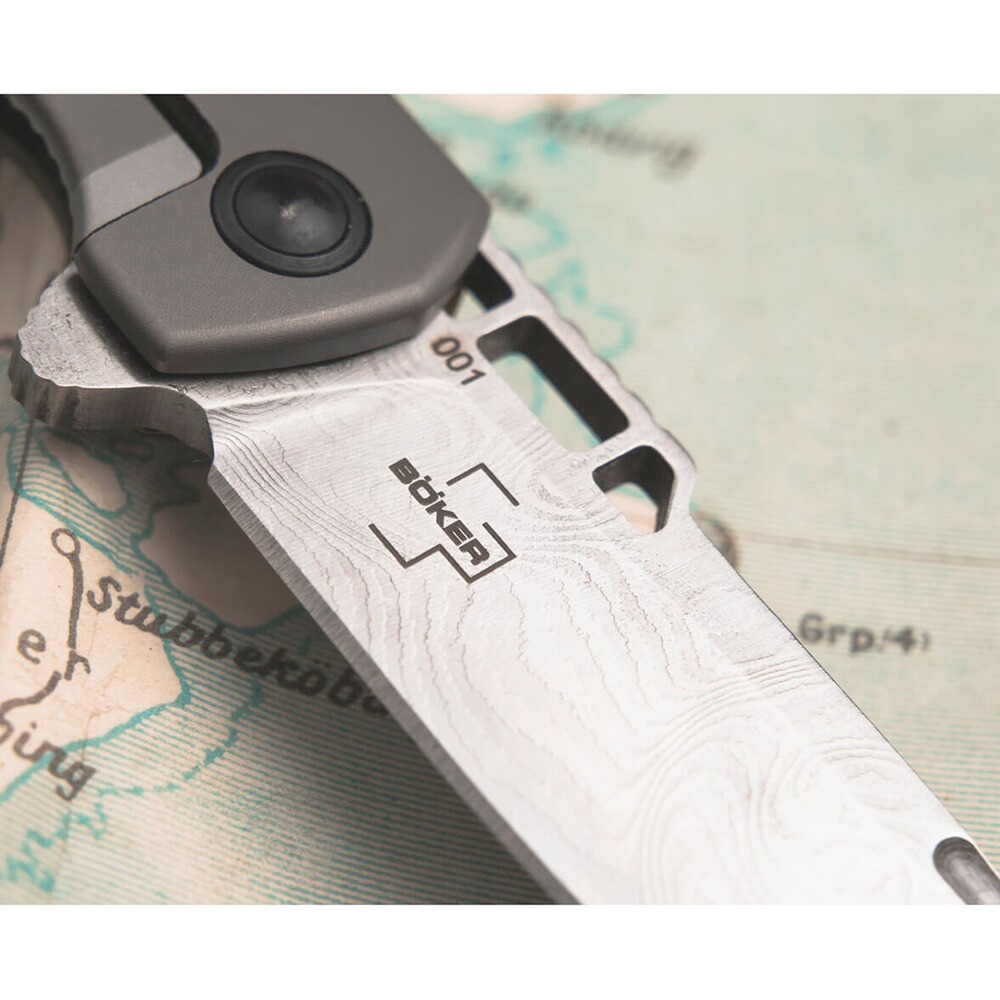&quality=40)
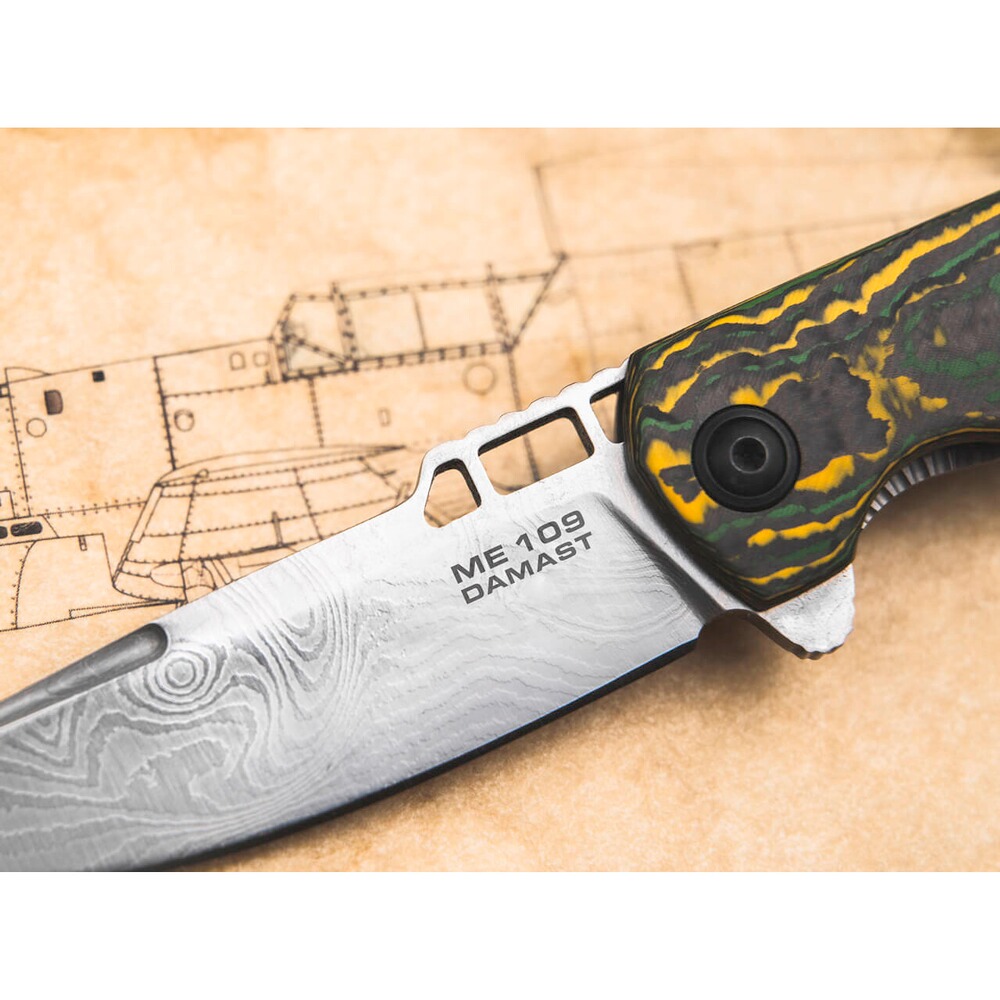&quality=40)